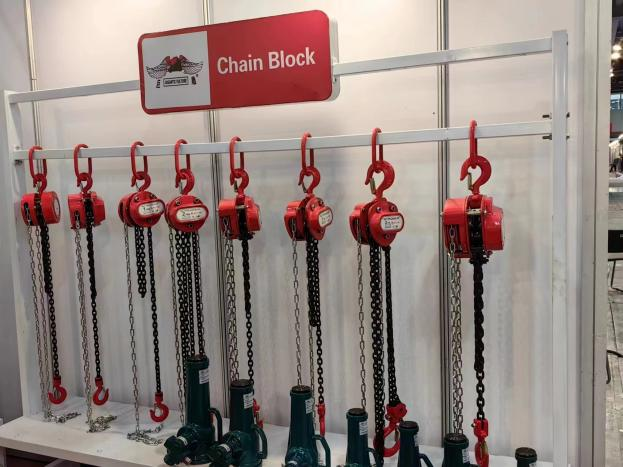


Understanding Manual Chain Block Systems
In recent years, the evolution of manufacturing and logistics has led to increased interest in automated systems, yet the significance of manual chain block systems remains undeniable. A manual chain block, often referred to as a hand chain hoist, is a mechanical device employed primarily for lifting heavy loads through a manual application of force. This simple, yet effective tool has been utilized in various industries, proving crucial in situations where electric hoists may not be practical or safe.
At its core, a manual chain block consists of a chain, gear mechanism, and a hook for attaching the load. The operator pulls on the hand chain, which rotates the gears inside the block. This rotation, in turn, lifts or lowers the attached load with precision. The design is deceptively simple but relies on several mechanical principles that grant the system its efficiency and safety. One of the notable features is the overload protection, which prevents lifting excessive weights that could damage the hoist or lead to accidents.
The manual chain block is particularly prevalent in construction and maintenance tasks
. For instance, workers often use these hoists to lift materials and equipment to upper levels, maneuvering heavy items in tight spaces where larger machinery cannot operate effectively. The portability of these devices allows for ease of transportation and setup, making them a preferred choice for various temporary lifting needs, such as erecting scaffolding or moving machinery.
One of the major advantages of manual chain blocks over their electric counterparts is their reliability in power outages or remote locations without electricity. These devices require no electrical connections, making them inherently safer in environments where there is a risk of sparks or exposure to flammable materials. Moreover, they allow for greater control by the operator, as the speed and direction of the lift can be adjusted manually. This level of operational control often translates into improved safety for personnel in the vicinity of the lifting operations.
However, while manual chain blocks boast several advantages, they also come with their own set of challenges. Lifting heavy loads manually can exert a substantial strain on operators, raising concerns about worker fatigue and potential injury. Additionally, proper training and adherence to safety protocols are critical to ensure that operators use these devices correctly to prevent accidents. Regular maintenance checks are essential to ensure that the equipment remains in safe working condition, as damage to any part of the chain block can lead to catastrophic failures.
In conclusion, manual chain block systems play a vital role in various industries, emphasizing the importance of human skill and mechanical ingenuity in lifting operations. Their simplicity, portability, and reliability make them invaluable tools despite the advances in automation and electrification in the lifting sector. As industries continue to embrace new technologies, the expertise surrounding manual chain blocks will remain relevant, reminding us of the enduring principles of mechanical design and safety in the workplace. With the right training and safety measures in place, manual chain blocks will continue to be an essential component of lifting practices for years to come.



